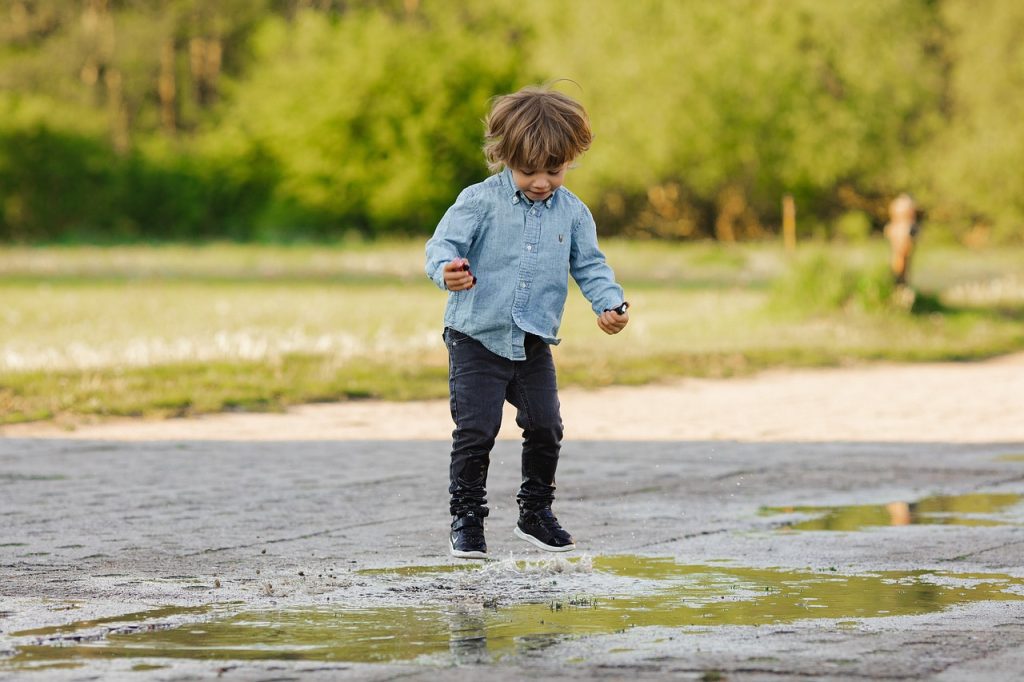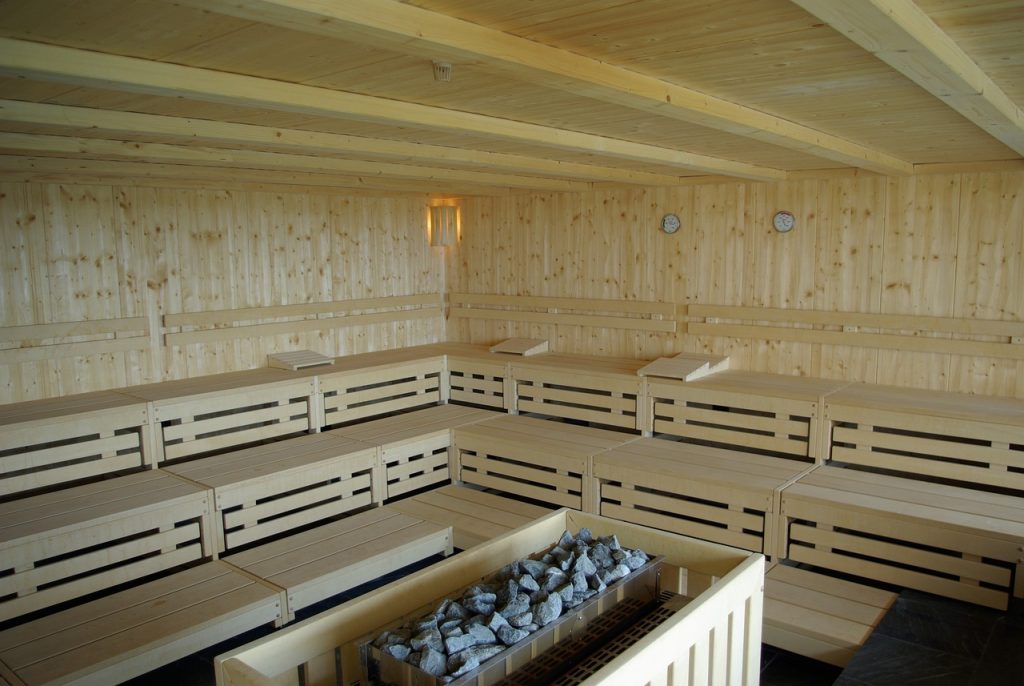Learning by Doing: Understanding Kolb Experiential Learning Model

Learning is an essential part of life, and we continually encounter new experiences that contribute to our growth and development. However, there are different ways in which we learn depending on our learning style, preferences, and environment. One popular model that attempts to explain the learning process is the Kolb Experiential Learning Model. The Kolb Experiential Learning Model, also known as the Kolb Learning Cycle, is a four-stage framework that describes how people learn from their experiences. The model was developed by David A. Kolb, an American educational theorist and psychologist in the 1980s. The model includes four stages: concrete experience, reflective observation, abstract conceptualization, and active experimentation. The first stage of the Kolb Experiential Learning Model is the concrete experience. This stage involves doing something new and encountering a specific event or situation that challenges our existing understanding of the world. The experience can be positive or negative, and it can take place in any context, be it work, school, or social setting. For instance, if you have never tasted sushi before, your first time trying it would be a concrete experience. The second stage is reflective observation. At this stage, you take time to reflect on your concrete experience. You consider what happened during the experience and try to understand it from different perspectives. You may also try to understand your feelings, thoughts, and physical sensations. For example, after trying sushi for the first time, you may reflect on how it tasted, whether or not you enjoyed it, and how it made your body feel. The third stage is abstract conceptualization. Here, you develop a deeper understanding of your concrete experience by analyzing it, making connections, and forming generalizations. You use your reflection and observation to create concepts or ideas that integrate your experience into your existing knowledge. For instance, if you enjoyed sushi, you may develop new concepts about Japanese cuisine. The final stage of the Kolb Experiential Learning Model is active experimentation. This stage involves applying what you learned from your experience to new situations. You test your concepts and ideas by engaging in some form of active experimentation or testing. For example, you may go to a Japanese restaurant and order different types of sushi to see how they compare to the first one you tried. The Kolb Experiential Learning Model suggests that learning occurs when we engage in all four stages, and each stage is equally essential. The different stages illustrate how learners process, integrate, and apply new information from their experiences. They provide a framework for understanding how we learn and how we can enhance our learning by engaging in different ways. One of the strengths of the Kolb Experiential Learning Model is its flexibility. The model can be applied in various contexts, from formal education to informal learning environments. It can also be used to understand how teams learn, and how organizations can create more effective learning cultures. The model is also accessible to learners of different ages and educational backgrounds, making it inclusive and practical. Another strength of the model is its emphasis on the importance of reflection. Reflection is not just an afterthought, but an integral part of the learning process. Reflection allows us to connect our experiences, observations, and ideas, leading to deeper understanding and personal growth. Kolb’s model recognizes that learning is not just about acquiring knowledge but also about developing a sense of self-awareness, critical thinking, and problem-solving skills. The Kolb Experiential Learning Model provides a useful framework for understanding how people learn from their experiences. The model presents a cycle of four stages – concrete experience, reflective observation, abstract conceptualization, and active experimentation – that provide a basis for enhancing learning and personal growth. By engaging in all four stages, learners can develop not only new knowledge but also critical thinking, problem-solving, and self-awareness skills.
Why Kids Love Holiday Camps

Kids holiday camps are a great way for children to explore their interests and make new friends. They provide an exciting, safe environment where kids can learn, play and have fun. Every year more and more parents choose to send their children to holiday camps as an alternative to traditional summer activities. Holiday camps are usually organized by experienced professionals who understand the needs of children in different age groups. The staff members are trained in safety protocols and strive to create a positive atmosphere for all participants. Most camps offer activities that range from sports and outdoor adventures, like rock climbing or kayaking, to arts and crafts projects or science experiments – something for everyone. The social aspect of kids holiday camps is also incredibly beneficial for young people. It gives them the opportunity to interact with other campers from diverse backgrounds and cultures, helping them build self-confidence while making lifelong friendships. Moreover, they’ll be able to practice teamwork skills while having fun at the same time. Another great thing about these types of programs is that they often include field trips outside of camp grounds so that kids can explore different places together in a safe environment – like visiting local museums or amusement parks. This helps foster an appreciation for nature as well as learning about other cultures through hands-on experiences that cannot be found elsewhere.
3 Reasons to Visit a Spa Or Sauna Near You

Are you looking for a spa or sauna near me? If so, then this article is for you! There are many spa resorts in the area that offer various services to help relieve your stress and enjoy your time. This post will go over 3 reasons why spa and sauna resorts can benefit anyone who visits them. 1) Spa treatments may have therapeutic benefits. As a spa and sauna resort near me can be a great place to relax, and may have therapeutic benefits. For example, Swedish massage is known for its ability to relieve stress from your muscles and improve circulation. Additionally, spa resorts often offer other types of massages, such as deep tissue or hot stone, providing relaxation and other benefits. 2) Sauna treatments will improve blood circulation. Sauna treatments are meant to improve blood circulation. While spa and sauna resorts near me will provide other relaxing spa experiences, getting into a steamy sauna is also known for improving the overall health of your skin and opening up pores that can help keep you looking younger. 3) Spas provide an enjoyable social atmosphere with other spa guests. Spas are not only places where you can relax. Spas also offer spa guests an enjoyable social atmosphere where they can meet and talk with other spa-goers while enjoying various spa services. In conclusion, spa and spa treatments can be a great way to relax, stay healthy, and meet new people.
